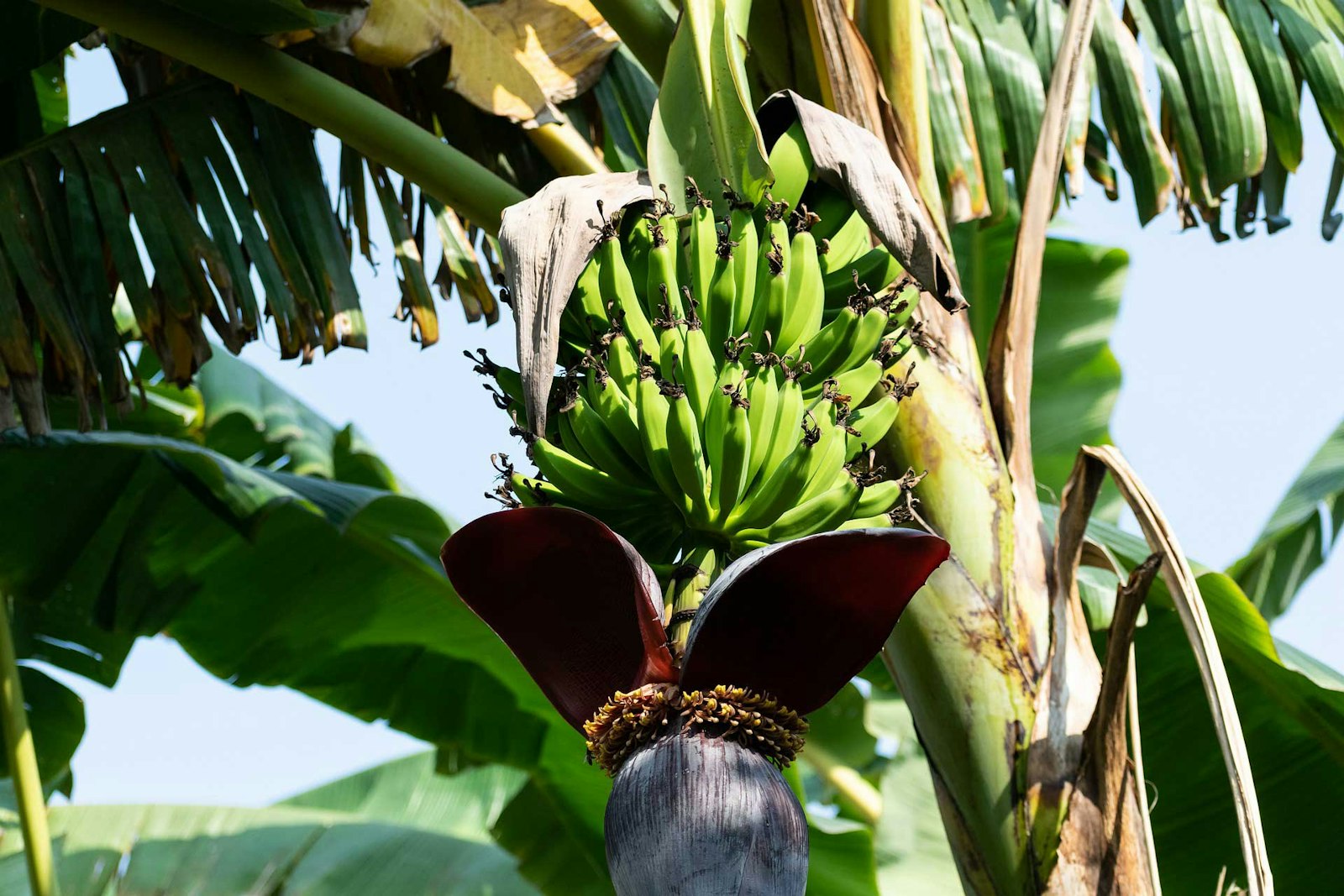Editor's note: "With so many fleeces to choose from at a fiber show, you might be tempted to buy them all—or feel overwhelmed and walk away empty-handed. We've invited Anne Podlesak to share her two best pieces of advice for buying a raw fleece, whether you intend to process it yourself or have it professionally prepared. Happy buying—and spinning! –Anne
|  |
| Be sure that the fleece you buy is clean, like these CVM lambs, and well skirted. The sheep shown here are from Roy & Myrtle Dow, photographed at the Estes Park Wool Market by Amy Clarke Moore. |
| |
|  |
| When sending your fiber to a mill, be sure that they can readily manage the type of fleece you're sending. Not every mill specializes in the long locks of Teeswater and Wensleydale. |
Since fall fiber festival time is just around the corner, now is a great time either to process some stashed spring fleece and make a little more room in the storage bins or to think ahead about what special treasures you’ll be looking for in the offerings this season. Whether you plan to process the fiber yourself or send it to a mill to be processed for you, a few basic hints will help you get the most out of your fleece.
1. Garbage in, garbage out. If you’ve got a fleece with a lot of second cuts, or that wasn’t skirted as thoroughly as it should have been, sending all of that to a processor, or just dumping it into a bath to wash isn’t going to produce a clean, easy-to-spin end product. Take a critical look at your fiber for any burrs, seeds, bits of hay or grass or manure and get rid of those. If there are second cuts or very short pieces, toss those as well (or save them to felt).
2. When shopping for a fleece, take an honest look at your interests and time. Do you like to just sit down and spin from a bag of fluffy roving? Then do a little homework on the available processors to send your fleece to. Some processors do all kinds of wool and exotics; some only handle one or the other. If you love Suri alpaca, for instance, be sure you aren’t sending your fiber off to a mill that handles only short-stapled wools. Pick a mill that has compatible machinery for the type of fiber you like to spin, and plan on choosing a premium fleece that has no breaks and has been well skirted. If you love the process and want to spend time washing, combing or carding and then spinning an extra-special fiber, perhaps one from a beloved animal, or one with fragile fibers but a gorgeous color, then by all means, plan on keeping it at home and savoring every moment you spend with it.
Taking a bit of time to analyze the type of fibers you love to spin and whether you like the preparation process will help you choose the perfect fleece!
Enjoy,
Anne Podlesak
